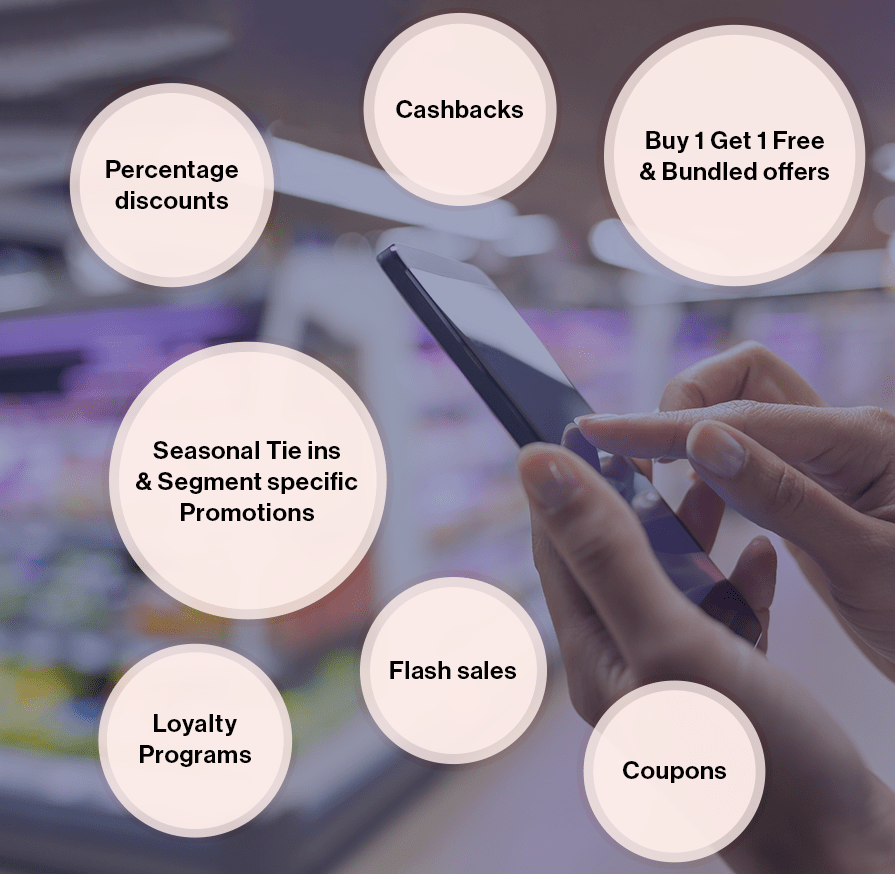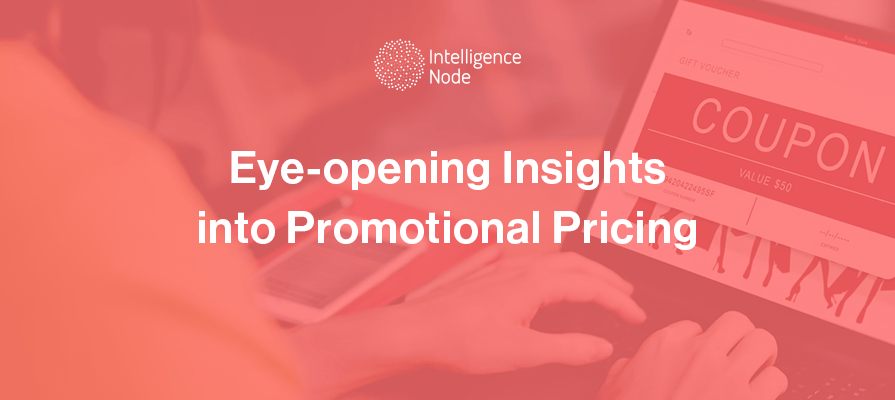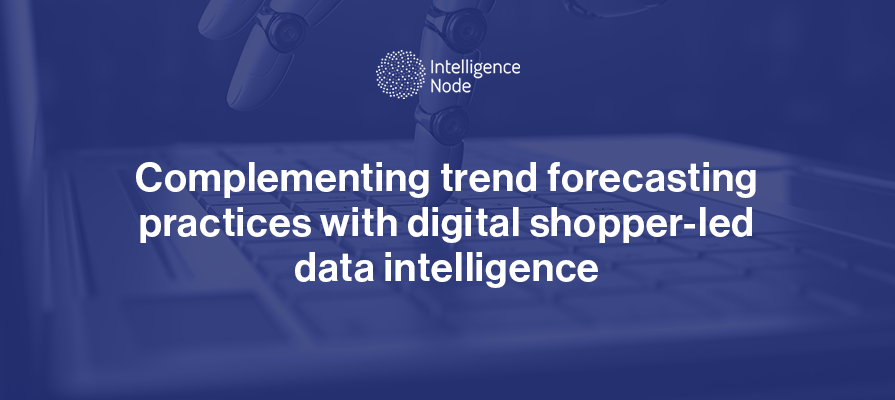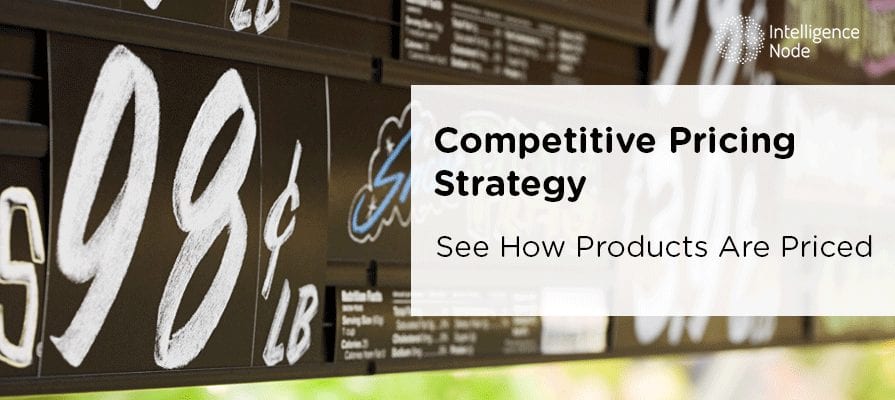Understanding Promotional Pricing and its Common Usage
Regardless of whether we as marketers or consumers immediately recognize the phrase, promotional pricing has long since had its place in the commercial world. Simply put, it is a sales and pricing strategy in which brands temporarily reduce the selling price of a product or service, in order to drive sales and/or attract consumers to a brand or store. As a consumer, this translates to massive discounts, bundles of products, and limited period promotions. The brand often calls out or uses these as a major incentive, with banners across storefronts and branded communication regarding sales being sent directly to consumers online via CRM efforts.
What motivates a brand to opt for promotional pricing can vary based on season, circumstance, and business objective- most often, brand awareness is the primary objective. More practically, it helps brands clear stock- driving prices significantly below the usual selling price increases sales volumes significantly, improving short term cash flow. It is even said to improve brand loyalty alongside increasing the consumer base, since the prices set during the period of promotional pricing are significantly lower than the usual set price, it incentivizes consumers to purchase the product where they may not have considered it before. This product sampling can foster habit forming and an affinity for these products, and increases the likelihood of the consumer revisiting the store or brand again, and considering making a purchase at full price.
It is important to note that promotional pricing is a limited period strategy, meant to be implemented over a short term, and often overlaps with major purchasing periods- black Friday, Christmas, etc. Strategically timed promotions can hack into the purchasing patterns of consumers during high spending periods, and help promote brand awareness year-round.
TYPES OF PROMOTIONAL PRICING & EXAMPLES
There are several ways to approach promotional pricing to suit different buying patterns and needs- the following types are the most noteworthy and commonly seen in the market.

1. Percentage or Price Discount
Here, the company reduces the regular price of a product or service by a specific preplanned and predetermined amount for the purpose of targeting a price conscious customer segment. This is also popularly done during peak seasons and as introductory offers to clear inventory and attract new customers. Often, in the case of the fashion industry for example, prices are lowered to make products more accessible to certain market segments- brands seek to tap into the market share of more affordable brands, where customers often wait for sales to make their purchases. This strategy by definition can be used to describe part of the execution of other types of promotional pricing, but also stands as a strategy in and of itself.
2. Coupons
Cashbacks are a unique yet powerful means of promotional pricing in which retailers and brands do in fact sell their products at full price, but are able to reward the consumers for their purchase with a cash payout or bonus post completion of purchase. Interestingly, while this offers a consumer rewards and a portion of the price of the product back via certain payment portals and e-wallets, it also allows retailers to maintain their key price point without compromise. This increases the perceived value of the deal in the eyes of the consumer, and maintains the brand value with regards to pricing. This strategy works well with luxury products seeking to maintain this status- such as Apple, who do reward fixed cashback amounts per purchase with the Apple Card, without compromising their set market prices.
3. Buy 1 Get 1 Free & Bundled Products
As literal as it seems, ‘BOGO’ promotions offer the consumer one free product along with the purchase of one product bought at full price. Often these products are identical, and imply the exact same volume, quality, size (or in certain cases, flavor and variety) of the product- other times a supplementary product is offered for free that may be of equal or slightly lower value. When bundled, users are incentivized to try certain related products that they may not have considered purchasing otherwise. Popularly applied at grocery sections (as bundles of all in one cleaning sets, beauty and self care kits, etc.) and even at fast food chains and ‘happy hour’ deals at restaurants, it can be tied to certain conditions to incentivize specific behavior alongside buying- such as visiting restaurants and stores within certain time slots, and buying in bulk.
4. Flash Sales
Flash sales are functionally similar to flat price discounts, but differ in their execution in that they are live for a very short time period- a matter of a few days, and sometimes even just a few hours. Prices are significantly slashed during this time, and often last as long as stocks last or until the predetermined time period expires, whichever comes first. Marketing is often crucial to the success of sales like these, where in the days leading up to the sale itself, great focus is placed on its time sensitivity, positioning it as a window of opportunity to get great deals. Messaging is sent out and displayed to alert the consumer about the sale and its details to maximize traffic and create a sense of urgency when the sale occurs. Brands sometimes build entire campaigns around these sales, owning the creative property over years as a recognized marketing activity.
5. Loyalty Programs
Rewards programs and loyalty programs offer discounts and special deals to consumers who frequently make purchases, or who have signed up for the program. We see this most commonly in airlines and salons, where repeat customers choose to return to the same company because of their accumulated ‘points’ or available and exclusive deals. This strategy is popular since it helps retain and encourage their strongest consumer base at minimal cost, especially compared to acquiring new customers.
6. Seasonal Tie-ins & Segment Specific Promotions
Seasonal tie-ins, much like flash sales, place the crux of their strategy on the timing. Here, however, discounts are offered based on event and occasion- Valentine’s day, Christmas, Black Friday, etc. These seasons are known for heavy purchases across most segments. Often, consumers will plan their buying and budgets around the discounts offered in this time, which makes these periods perfect opportunities to push products and bundles that the average customer would not perhaps consider on a typical day. It is also treated as an opportunity to push for bulk purchasing across platforms. Segment specific promotions target a specific slice of the universe of their consumers. This is comparable to children eating for free at family-style buffets, ladies getting free drinks at pubs, or professionals availing certain discounts based on various factors. The two can often overlap as well: where for example, summer sales on stationary are often targeted at students, or in the few weeks in the midst of the pandemic when McDonald’s offered complimentary meals to medical professionals who showed relevant ID.
7. Cashbacks
Cashbacks are a unique yet powerful means of promotional pricing in which retailers and brands do in fact sell their products at full price, but are able to reward the consumers for their purchase with a cash payout or bonus post completion of purchase. Interestingly, while this offers a consumer rewards and a portion of the price of the product back via certain payment portals and e-wallets, it also allows retailers to maintain their key price point without compromise. This increases the perceived value of the deal in the eyes of the consumer, and maintains the brand value with regards to pricing. This strategy works well with luxury products seeking to maintain this status- such as Apple, who do reward fixed cashback amounts per purchase with the Apple Card, without compromising their set market prices.
Impact on Profitability, Advantages, and Disadvantages
The impact of promotional pricing is as diverse as the approach and strategy chosen, the objectives behind it, and the success of the promotion itself. In broad strokes, it can be viewed as a means to clear stock and empty out inventory by cutting prices of the product and pushing for volumes of sales. This strategy turns a profit in two ways, first, the volume of sales cover the reduction of the profit margin, and second, the brand possibly saves on warehouse expenses due to clearing out all SKUs. However, just as inventory is not always the reason to opt for this method, the outcomes can vary according to the motives, and the blind spots that come with that tunnel vision. Brands seeking to compete with other, more affordable brands may fall victim to poor planning and excessive discounting which can begin to eat into profit margins dangerously. At this point it becomes difficult to revert to the set original prices since the consumer now associates the brand with a certain price band, and may neglect to return for purchases if these prices increase.
In case of luxury brands, high end labels, and exclusive product offerings, choosing the right strategy is all the more crucial- since slashing prices may hinder the perceived value of the brand and its image in the market. Cashbacks and loyalty programs are often better suited to incentivize consumers to return to the same seller without losing the sense of high end quality that the price point lends to the product.
All in all, promotional pricing, as with any pricing strategy or price setting parameters, is an analysis of value. The perceived value of any brand, company, service, or product, relies on the idea of what a user believes is a worthy price for the offered product or service over the course of time. Promotional offers, discounts, and various rewards systems all may contribute to that overall opinion- but the core of its success lies firmly in the true value of the product itself, and how a pricing strategy can add to that perception.
Common Misconceptions About Promotional Pricing
While promotional pricing is far from the only consideration in price setting and strategy, it is often conflated into similar buckets of pricing tools that do not necessarily connect to one another in execution nor outcome.
For example, one of the tactics of Psychological pricing is dangerously close to promotional pricing ‘flash sales’, wherein retailers create artificial time constraints around deals and offers to act as a catalyst rather than an incentive for impulsive purchases. This sense of urgency is created by taking ongoing offers and attaching a limitation to it, pushing people into making purchases on the spot despite offers being year-round. Other tricks include altering price appearances, or setting the prices at a decimal point below a whole number to appear lower. This could mean printing “$49.99” instead of $50, or “$5” as opposed to “$5.00” to make prices feel lower, or appear lower, despite there being no realistic difference.
In cases of minimal product differentiation and high competition, many brands may opt for penetration pricing as they enter the market- this targets consumers in saturated markets who are brand indifferent and price sensitive. It differs from promotional pricing in the sense that it is set with the aim of retaining this market price for a longer period, as opposed to the controlled and scheduled offerings in promotional pricing. It helps lower barriers to entry for new competitors in the market, but also sacrifices brand loyalty by simply adding more noise to an oversaturated space.
Pricing strategies can vary so vastly that product prices can even vary within the offerings of the same product from the same brand, basis platforms and payment methods- by setting a minimum advertised price, retailers can take a call individually on how to approach price setting for their markets. This means competitive and dynamic pricing is key, no matter what the motive nor approach towards pricing strategy. Consumers constantly compare prices, are increasingly well versed in market offerings and great deals, and brands often struggle to keep up. Every price tag, every offering is now scrutinized, and customers are quick to compare channels as well as products. Now more than ever, it is important to include competitor activity in pricing strategy, analyze trending and seasonal activity, and the shifts in the market.
The market for retailers, major businesses, even established brands is complex. Meticulous strategy and planning often still doesn’t make the cut, and analyzing every single competitor is close to impossible, as trends shift quickly and drastically within seasons. Intelligence node offers pricing solutions that are at par with the shifting market trends within the industry, with resources to support year round price strategy, including AI repricing that tracks shifts in real time. The 20 Secrets Ebook is the all encompassing guide to all things intelligent pricing, to help your brand thrive across competitors, seasons, and market fluctuations.




